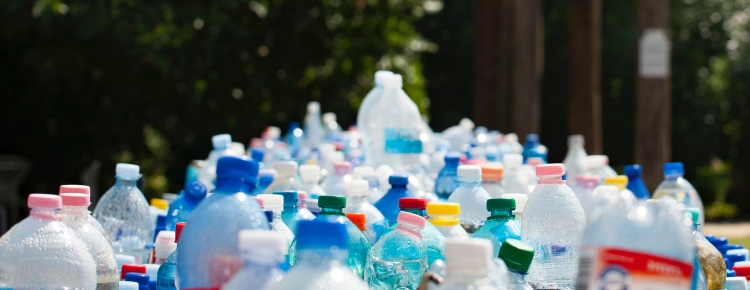
Between 2011 and 2013 many studies surfaced that brought upon the first wave of BPA consciousness causing concern amongst the public, particularly surrounding infants. The majority of these studies looked at the potential threats of consumption via chemical leakage from bottles and containers when overused or exposed to heat. This boom resulted in North American and European governments banning its use in baby bottles and, in some countries, formula packaging. Many of the most blatant sources of BPA found substitutions prior to the change in legislation, but its gaining attention again as researchers switch their focus from consumption to skin exposure and contact.
Without getting too technical, Bisphenol A (BPA) is a chemical compound used in resins and plastics since the 1960s. The appeal is in its ability to produce clear plastics and protect food during storage and preservation. While the safety of these applications has long been questioned in regards to oral ingestion, they have been dismissed based on the speed at which chemicals are expelled from the body. Now questions are arising surrounding the effects of direct handling.
In the first federal study of its kind in the US, conducted by the National Institute for Occupational Safety and Health, exposure levels to BPA was examined and compared between manufacturing workers and average Americans.
In those that work in environments producing BPA or products containing it, urine tests showed BPA levels over 70 times that of the average person.
Studies have also been done in China producing similar results. These tests have been expanded upon showing lower levels of testosterone, decreased semen quality, and higher levels of sexual dysfunction in male employees exposed to high levels of BPA. While some are skeptical of these results, the endocrine-disrupting quality of the chemical can be seen in other tests done on mice, in which male reproductive abilities completely dissipated within three generations. These findings give truth to statistics stating a rapid decrease of testosterone and sexual performance that runs parallel to the equally drastic increase of estrogen in men around the world. This comes with little surprise as BPA has long been known for its estrogen-mimicking properties in the body.
Similar results have been found in studies on women, illustrating the negative effects of BPA on fertility, hormone production, and gene expression. It is also apparent from research done on the effects BPA on the heart that females are more susceptible to changes in heart rate and blood pressure when exposed to levels currently considered safe by North American governments.
Although many sources echo warnings of potential danger, the extent of the damage has yet to be fully recognized. While taking matters seriously enough to ban its use in infant food and beverage containers, BPA has yet to be formally recognized as a threat to pregnant women - despite traces being found in umbilical cords and breast milk. If BPA hinders proper brain development and behavioral functioning as depicted in previous studies, then the increasing presence of it found in 9 out of 10 babies’ maternal blood (along with over 200 other synthetic chemicals) should be of great concern to mothers.
While many past studies have related BPA to implications in brain development, sexual gene expression, obesity and other hormone-related occurrences through testing done on mice, turtles and aquatic animals, little has been done to deter its use since the first push a few years ago. BPA can still be found in products such as:
- Water bottles
- Plastic food containers
- Linings in food and soda cans
- Thermal receipt paper
- Coating helmets, glasses, bulletproof glass and police shields
- Many clear medical devices used in hospitals
- Car parts
- Cellphones
- Flat screen TVs
- Dental sealants – While the substance is technically BPA-free, the chemical is a biproduct occurring when the coating begins to wear down
- Non-stick coatings on pots and pans
- Adhesives
While alternatives are being used in some instances, they have not been in use long enough to be confirmed as safe for regular use. BPA has been around for over 60 years and we have only recently started to see the effects of its continued use and exposure. You can find claims against some proposed and used alternatives, but that is to be expected with any new substance.
It’s safe to say that the best options are, and will likely remain, glass and bioplastics derived from natural materials. While you may not see the implications immediately, once they become prevalent they’re their to stay for the next few generations. Take a look at some of the options available on Intengine to find out how you can lower your environmental impact.
Tags: article, bioplastic
